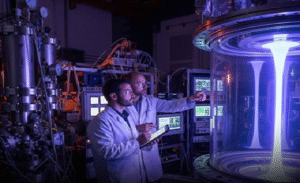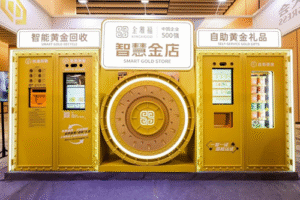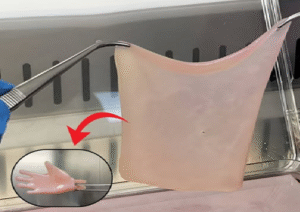The first electric train in India is a landmark event in the history of Indian Railways and the country’s industrial development. Here’s a more detailed look:
Date of Inauguration: 3 February 1925
From Victoria Terminus (VT) – now Chhatrapati Shivaji Maharaj Terminus (CSMT)
To Kurla (a suburb in Mumbai)
Distance: Approximately 16 km
Location: Mumbai (then Bombay), Maharashtra
Railway Zone: Great Indian Peninsula Railway (GIPR), one of the oldest and most prominent railway companies during British India.
A 1500 Volt DC overhead electric system was used for traction.
The locomotives were supplied by English Electric Company, and the coaches were manufactured in England.
The initial service was a suburban electric multiple unit (EMU), designed for urban commuter service.
This development marked the beginning of a regular electric suburban service on the Harbour line, a significant shift from steam traction.
This marked the beginning of railway electrification in India, a major technological advancement.
Mumbai was (and remains) one of the most densely populated cities. Electric trains allowed faster, cleaner, and more frequent services for daily commuters.
India became one of the earliest countries in Asia to adopt electric train systems.
Since that first run in 1925, India has expanded its electrified railway network to over 90,000+ km of routes, with a significant percentage now electrified.
Mumbai Suburban Railway remains one of the busiest commuter rail systems in the world, with millions of passengers daily — much of it electric since its early days.







